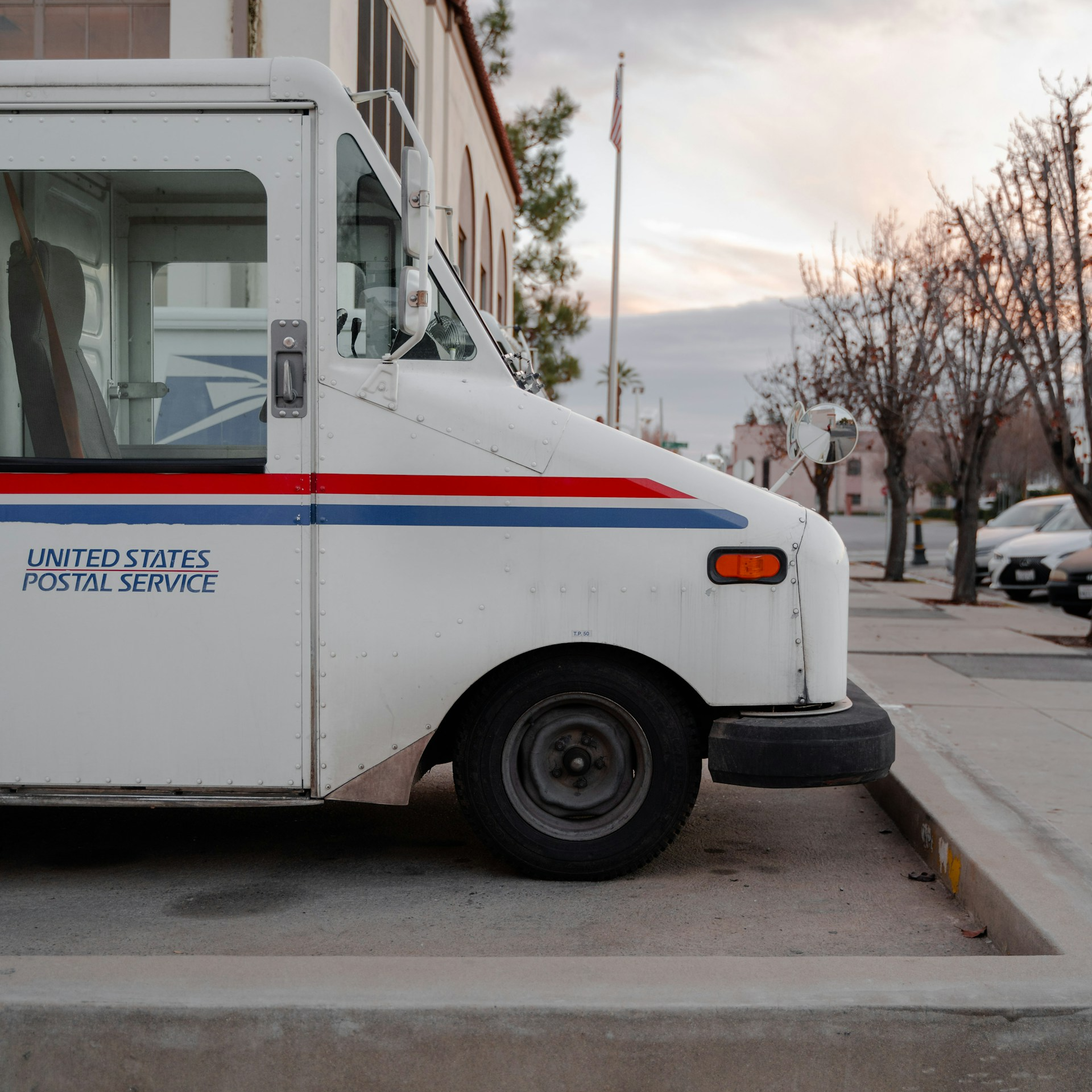Key Takeaways
-
Medicare Part C, also known as Medicare Advantage, may offer convenience, but it often involves trade-offs that affect your access to care, costs, and provider choice.
-
As a PSHB enrollee, understanding how Medicare Advantage differs from Original Medicare plus PSHB coverage is crucial before making any enrollment decisions.
What Medicare Part C Offers on the Surface
Medicare Part C, also called Medicare Advantage, is presented as a bundled plan that includes Medicare Part A (hospital insurance), Part B (medical insurance), and often Part D (prescription drug coverage). On paper, this all-in-one structure appears appealing to many retirees. It consolidates your benefits into one plan, typically with a single ID card and one point of contact for billing and customer service.
Some plans also include additional benefits like dental, vision, hearing, wellness programs, and transportation services. For someone aging into Medicare, this package can look like a streamlined option compared to managing multiple programs separately.
However, as you weigh Medicare Advantage against your current or potential Postal Service Health Benefits (PSHB) coverage combined with Original Medicare, it’s critical to consider the implications beyond the initial appeal.
How PSHB and Original Medicare Coordinate
Starting January 1, 2025, Postal retirees and eligible family members must enroll in a Postal Service Health Benefits (PSHB) plan. For those aged 65 or older, enrolling in Medicare Part B is mandatory unless an exception applies. When you have both Medicare and a PSHB plan, Medicare typically pays first, and your PSHB plan acts as secondary coverage. This coordination can lead to lower out-of-pocket costs and fewer restrictions on provider choice.
Many PSHB plans integrate with Medicare to offer:
-
Lower copayments and coinsurance
-
Waived deductibles when both are used
-
Nationwide access to providers who accept Medicare
-
Prescription drug coverage through an EGWP (Employer Group Waiver Plan) with a $2,000 annual cap
This integration supports retirees who want broad coverage without giving up flexibility.
What You’re Trading Off With Medicare Advantage
While the simplicity of Medicare Advantage is often emphasized, it comes with critical trade-offs that may not be immediately obvious. These trade-offs become especially important for PSHB enrollees used to robust federal benefits.
1. Provider Restrictions and Network Limitations
Unlike Original Medicare, which allows you to visit any doctor or hospital that accepts Medicare, most Medicare Advantage plans use provider networks. These networks can be regional and restrictive.
You may need to:
-
Select a primary care physician (PCP)
-
Get referrals to see specialists
-
Use only in-network hospitals and providers (especially in HMO plans)
Out-of-network care is often not covered or comes with significantly higher costs. This can be problematic if you travel frequently or live in different areas throughout the year.
2. Prior Authorization Requirements
Medicare Advantage plans often require prior authorization for many services, including:
-
Diagnostic imaging (MRIs, CT scans)
-
Durable medical equipment
-
Inpatient hospital stays
-
Skilled nursing facility care
These delays can impact the timeliness of your care, and approvals are not always guaranteed. In contrast, Original Medicare with PSHB typically does not impose these kinds of hurdles.
3. Out-of-Pocket Costs and Caps
While Medicare Advantage plans are required to cap your out-of-pocket spending on medical services, these caps can be high. In 2025, the maximum allowed out-of-pocket limit for in-network services is $9,350, and up to $14,000 when both in-network and out-of-network expenses are included.
Compare this with PSHB plans coordinated with Medicare:
-
In-network caps are generally lower (around $7,500 for Self Only)
-
Many costs are shared or waived when Medicare is primary
-
Prescription drug expenses are capped at $2,000 under the Medicare Part D EGWP
If you’re healthy, you may not notice these differences right away. But with an unexpected illness or hospitalization, the cost differences can quickly add up.
4. Emergency and Travel Coverage
Medicare Advantage plans may offer limited emergency care outside their service areas. However, coverage for routine services is usually restricted to local networks. Snowbirds or retirees who split their time between different states may find their access to care significantly curtailed.
PSHB plans combined with Original Medicare provide better nationwide access and are typically more generous with coverage when traveling.
5. Prescription Drug Coverage Differences
Most Medicare Advantage plans include Part D coverage, but the benefits may not be as rich as those offered under PSHB’s EGWP. In 2025, Medicare mandates a $2,000 out-of-pocket cap on prescription drugs under Part D. This applies to both stand-alone drug plans and EGWPs. However, private Medicare Advantage plans may have:
-
More restrictive formularies
-
Higher cost-sharing tiers
-
Limited access to specialty pharmacies
By contrast, the PSHB-integrated EGWP is structured with employer-level benefits and typically offers a broader formulary and lower copays for high-cost drugs.
Medicare Part C and the Loss of Federal Protections
One of the key aspects often overlooked when switching to Medicare Advantage is the shift from federal to private plan governance. Original Medicare is a federally administered program with transparent rules, broad provider acceptance, and appeal rights regulated by CMS.
Medicare Advantage plans are managed by private insurers who may:
-
Set their own coverage rules within federal guidelines
-
Change provider networks annually
-
Deny or limit services via utilization management
If you’re used to the stability and oversight of the PSHB and federal benefits model, this shift may feel abrupt and limiting.
Enrollment Windows and Commitment Periods
If you enroll in a Medicare Advantage plan, you can do so during the Medicare Open Enrollment Period from October 15 to December 7. You can make changes or return to Original Medicare during the Medicare Advantage Open Enrollment Period from January 1 to March 31.
However, if you drop a PSHB plan in favor of Medicare Advantage and later want to return, re-enrollment is only allowed during Open Season or due to a Qualifying Life Event. You may also face challenges reinstating certain PSHB plans depending on plan availability and eligibility at the time.
Coordination of Benefits May Not Work as You Expect
If you’re enrolled in both a Medicare Advantage plan and a PSHB plan, the coordination of benefits can become complex. Most Medicare Advantage plans do not coordinate as secondary with PSHB. In fact, if you enroll in a Medicare Advantage plan, your PSHB plan may pay very little or nothing at all, making the PSHB premiums you pay redundant.
In short, you could end up paying for two plans but only getting the benefit of one.
Consider the Bigger Picture Before Switching
The decision to move from Original Medicare plus PSHB to a Medicare Advantage plan should not be made lightly. What looks simple at first may introduce limitations that affect your care, costs, and flexibility.
When assessing your options, consider:
-
Your health status and chronic conditions
-
How often you travel or live in multiple states
-
Your preferred providers and whether they are in-network
-
Prescription medications and access to preferred pharmacies
-
Your tolerance for prior authorization and utilization management
Making the Most of Your PSHB and Medicare Coordination
If you’re eligible for Medicare and already enrolled in a PSHB plan, the two can work together to provide comprehensive protection without sacrificing choice. In 2025, PSHB plans continue to offer enhanced coordination with Medicare Part B, giving you strong coverage for both routine and complex health needs.
PSHB plans may also:
-
Reimburse some or all of your Medicare Part B premium
-
Waive deductibles when Medicare is primary
-
Offer flexible pharmacy networks with EGWP drug coverage
These features allow you to maintain continuity with federal benefits and access broad care options without the limitations typical of private plans.
Rely on Expert Help for Medicare Decisions
Choosing between Medicare Advantage and Original Medicare with PSHB is one of the most consequential decisions you will make in retirement. It’s not just about monthly premiums but about access, control, and protection when you need care most.
To ensure you’re making the best decision for your circumstances, speak with a licensed agent listed on this website who can help review your options and answer questions specific to your health status and financial goals.











